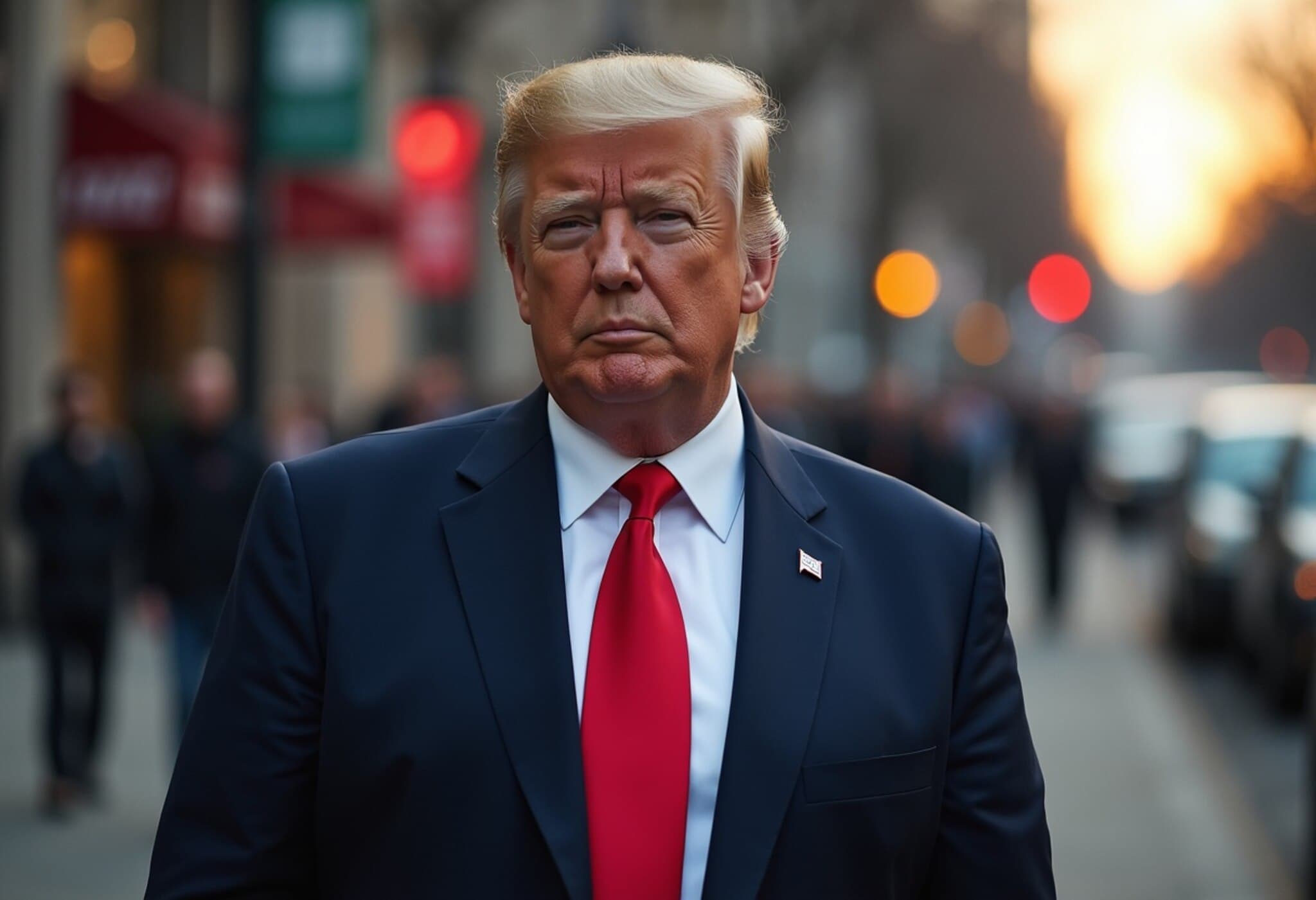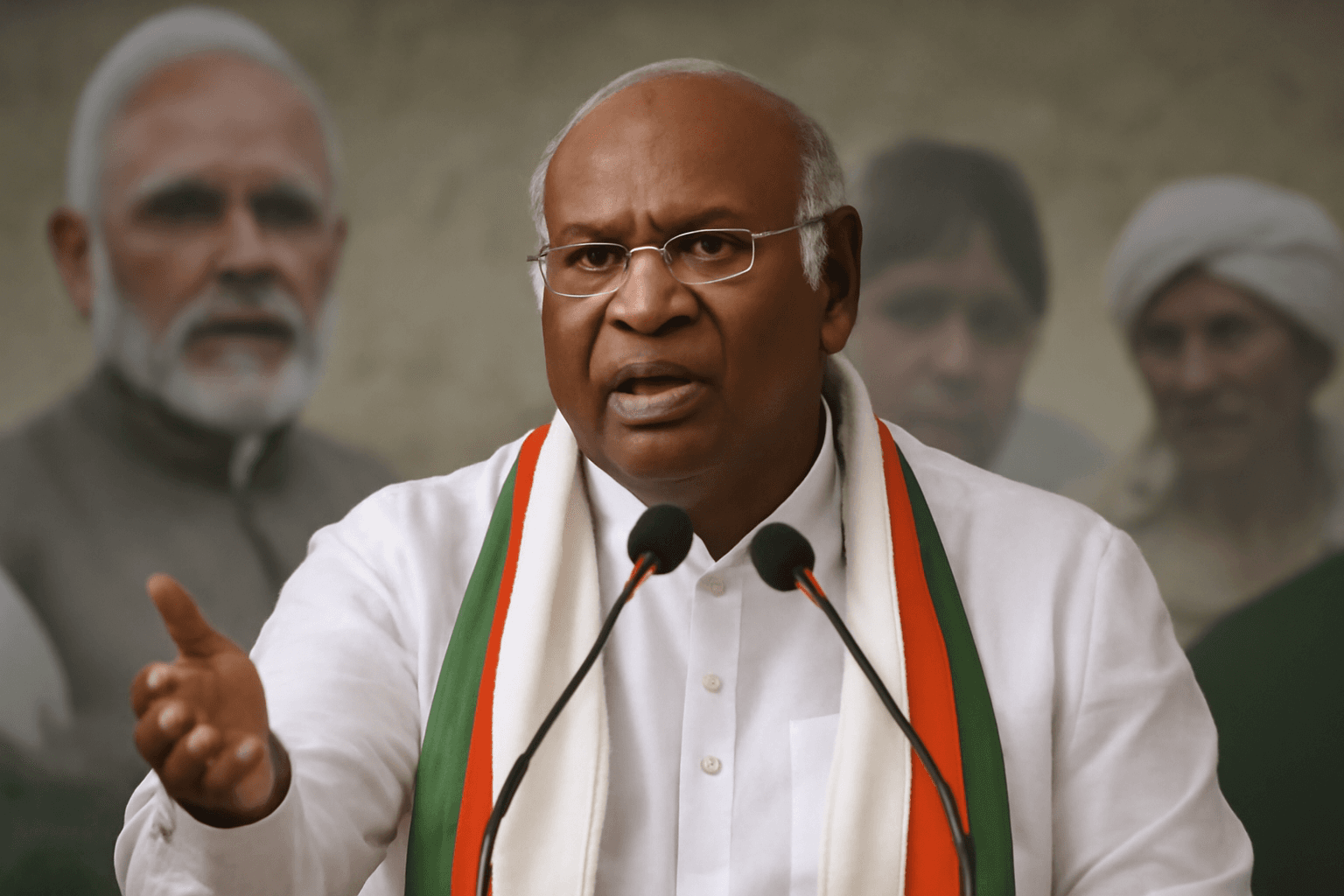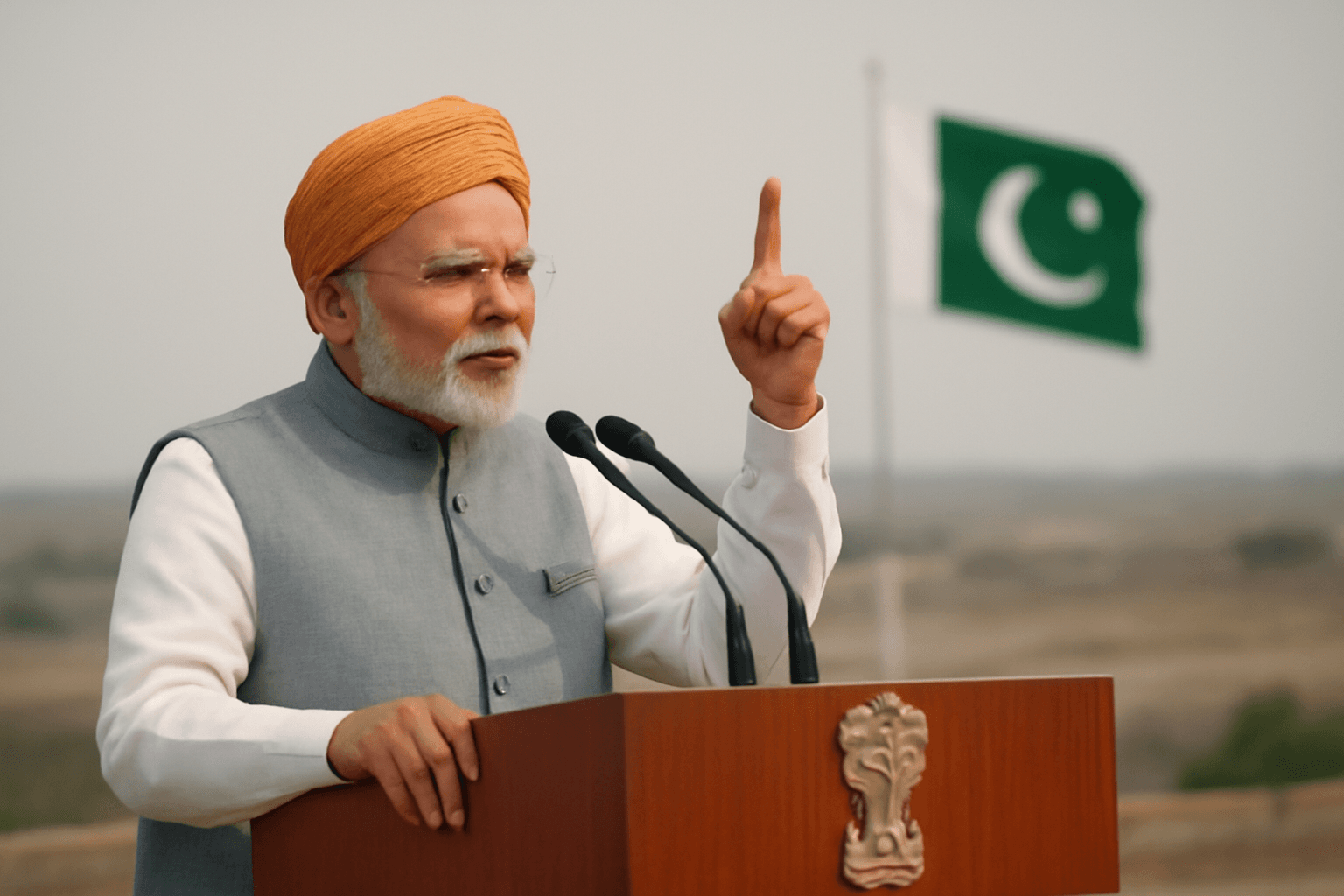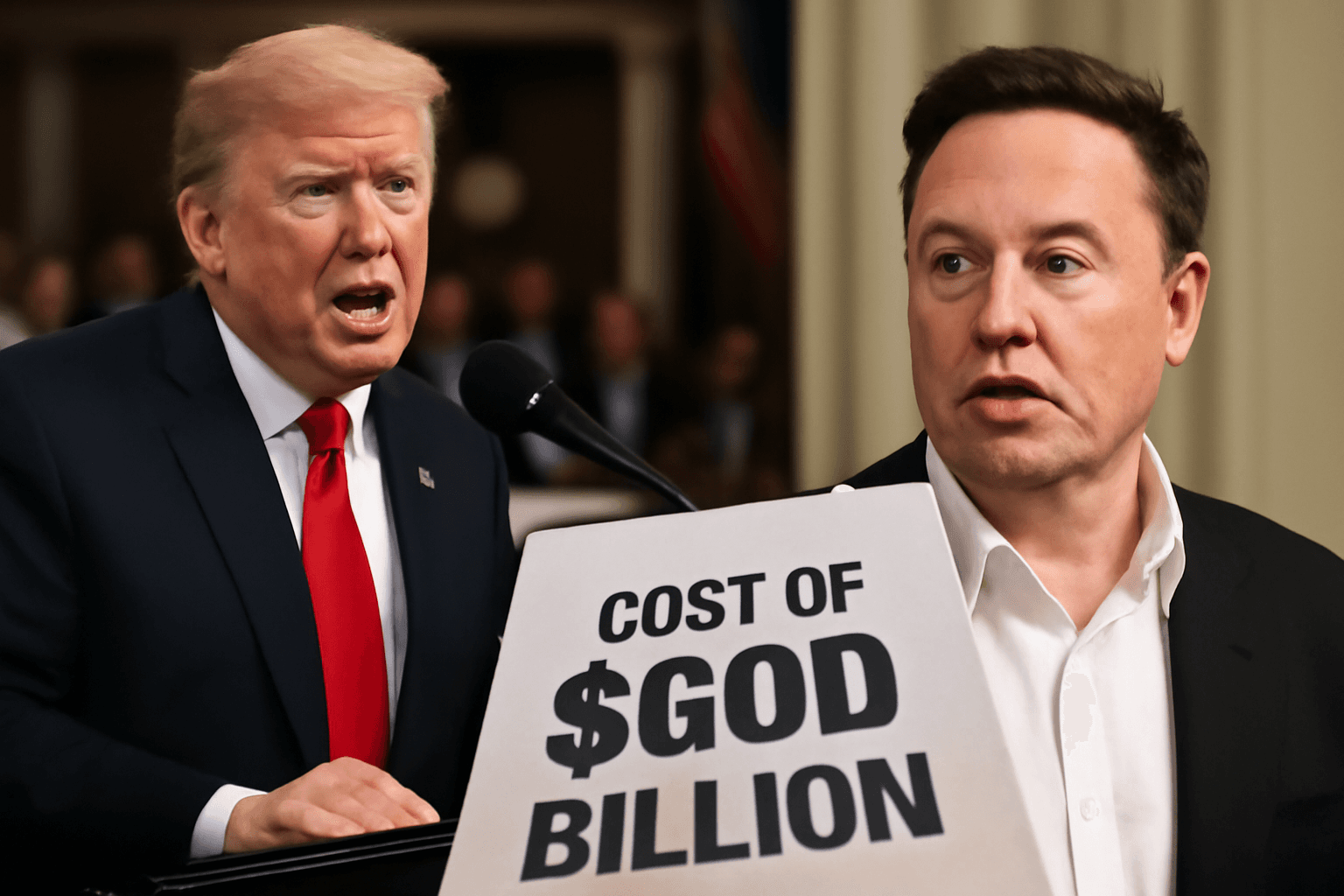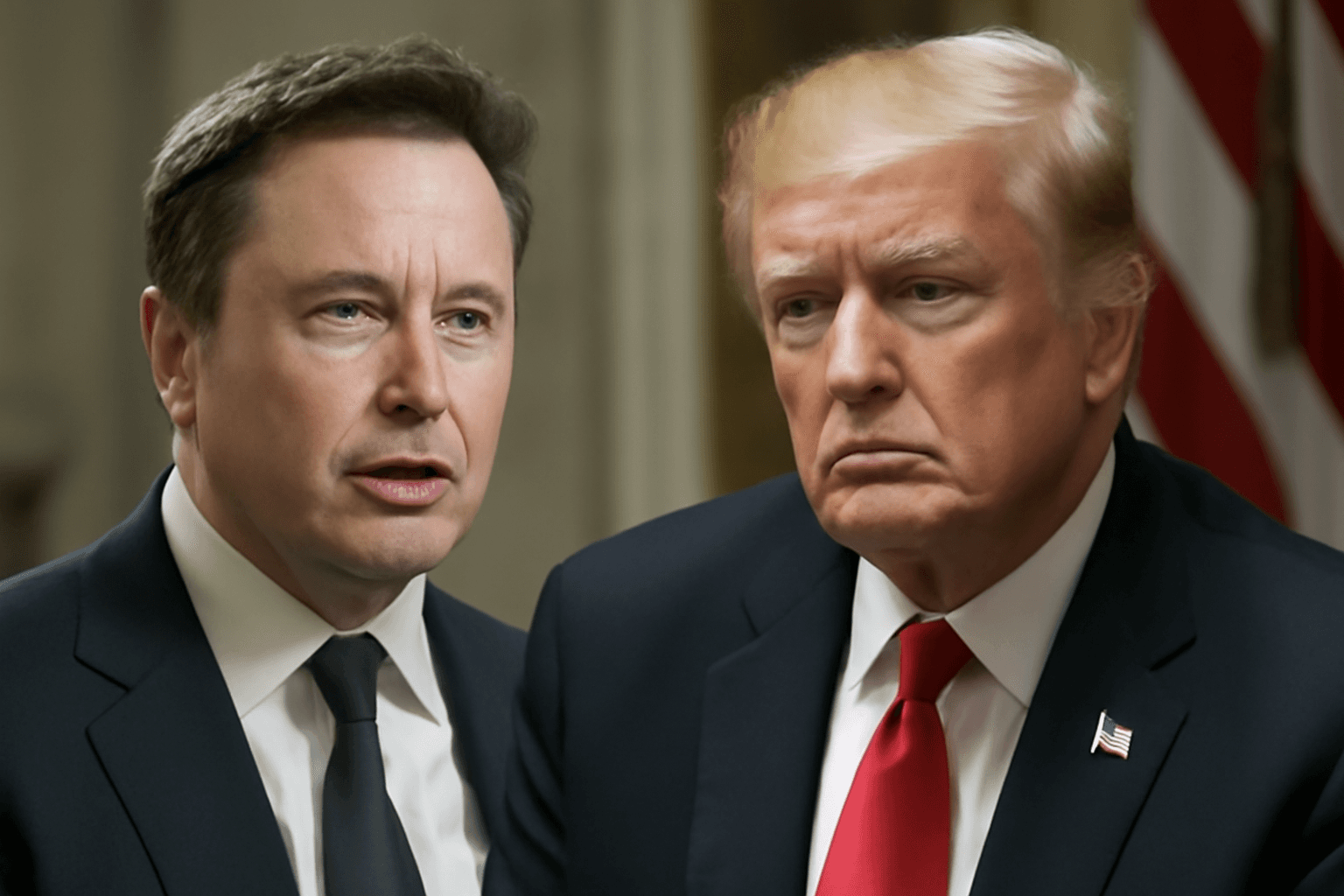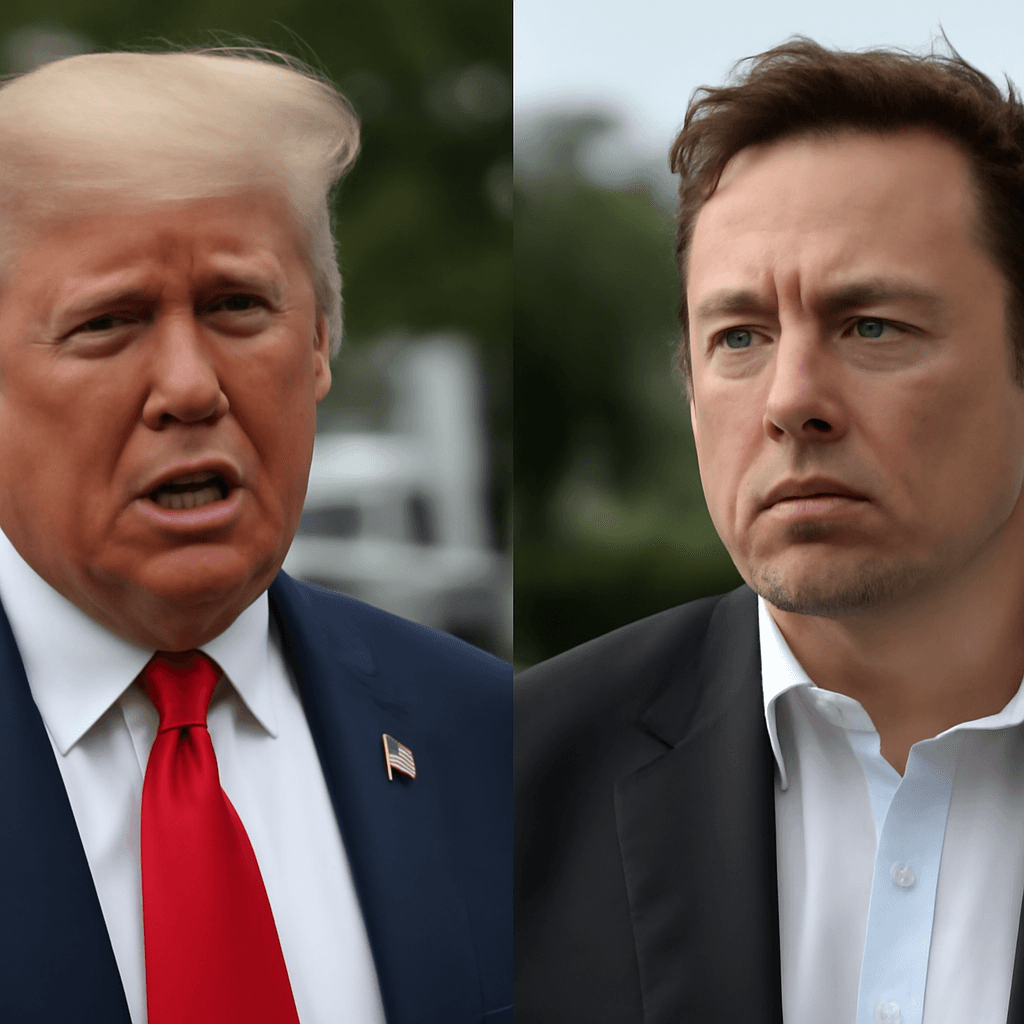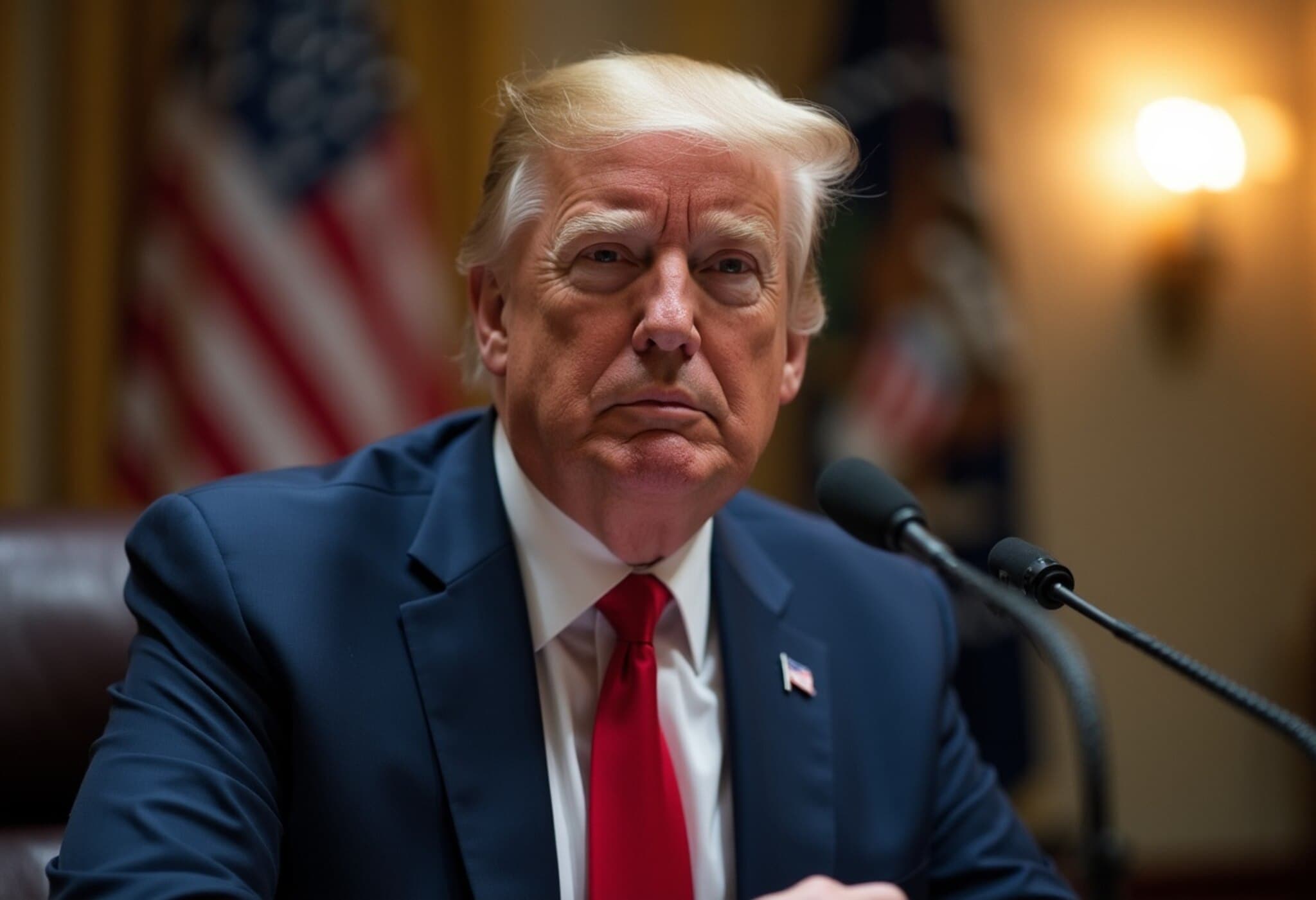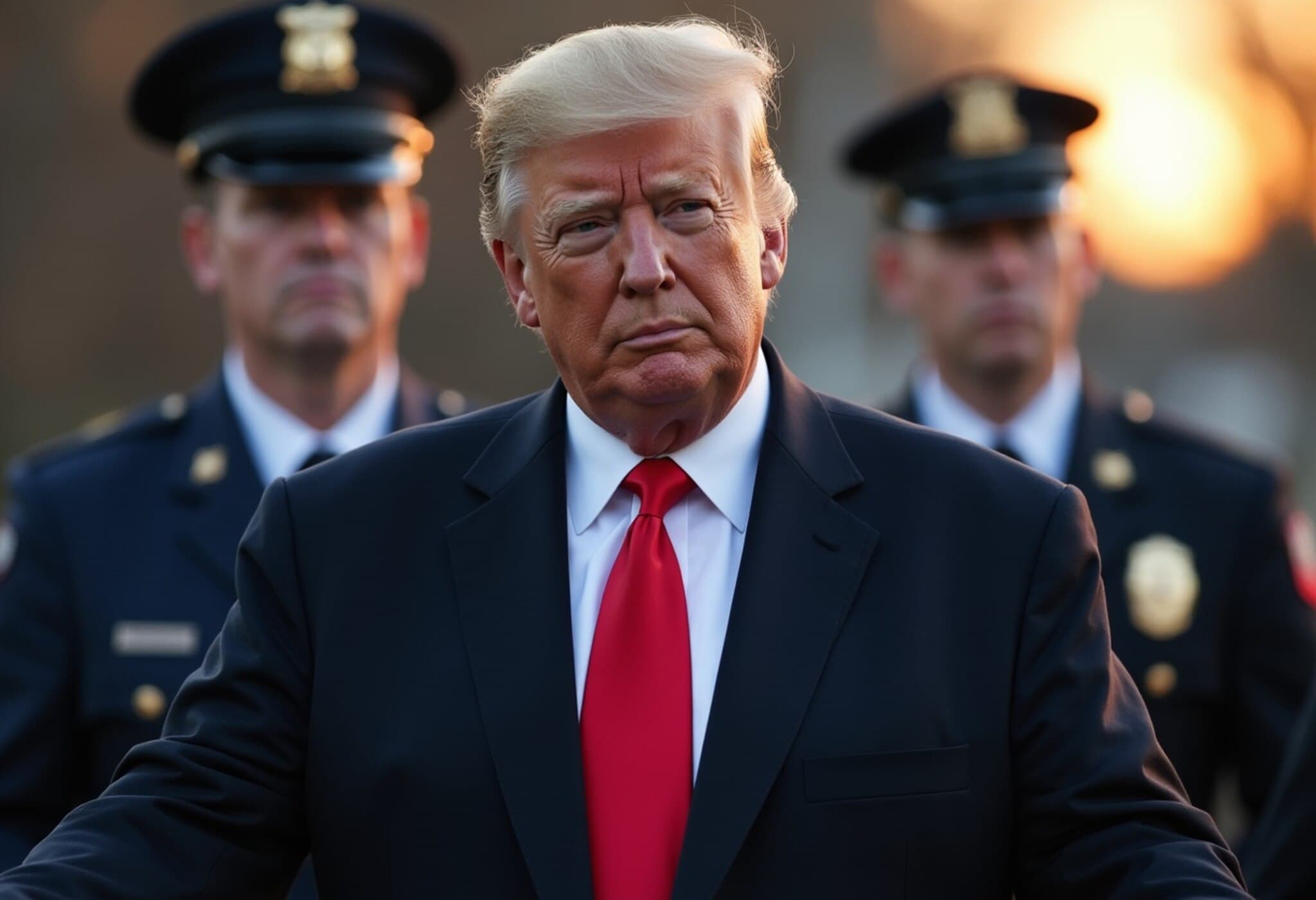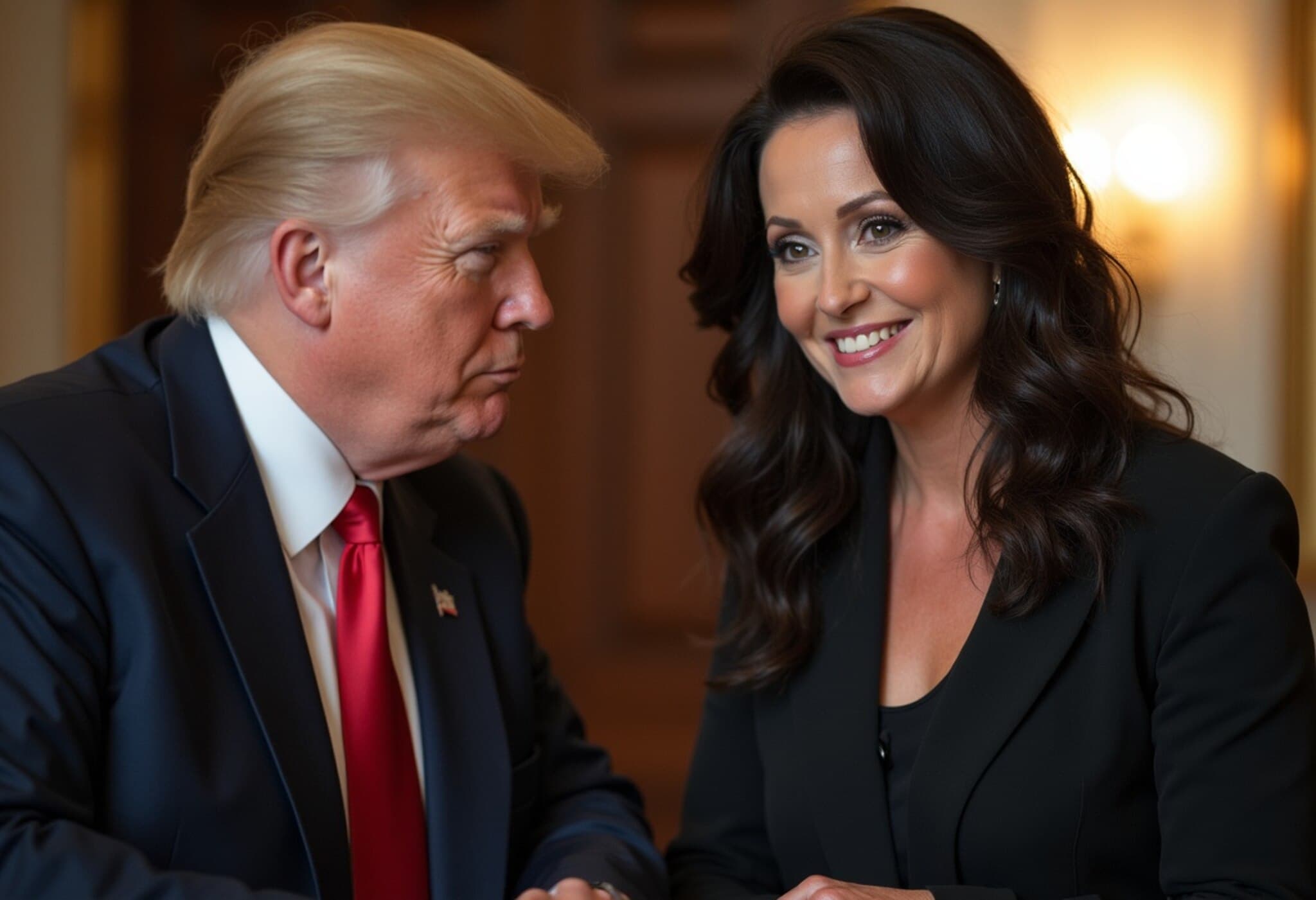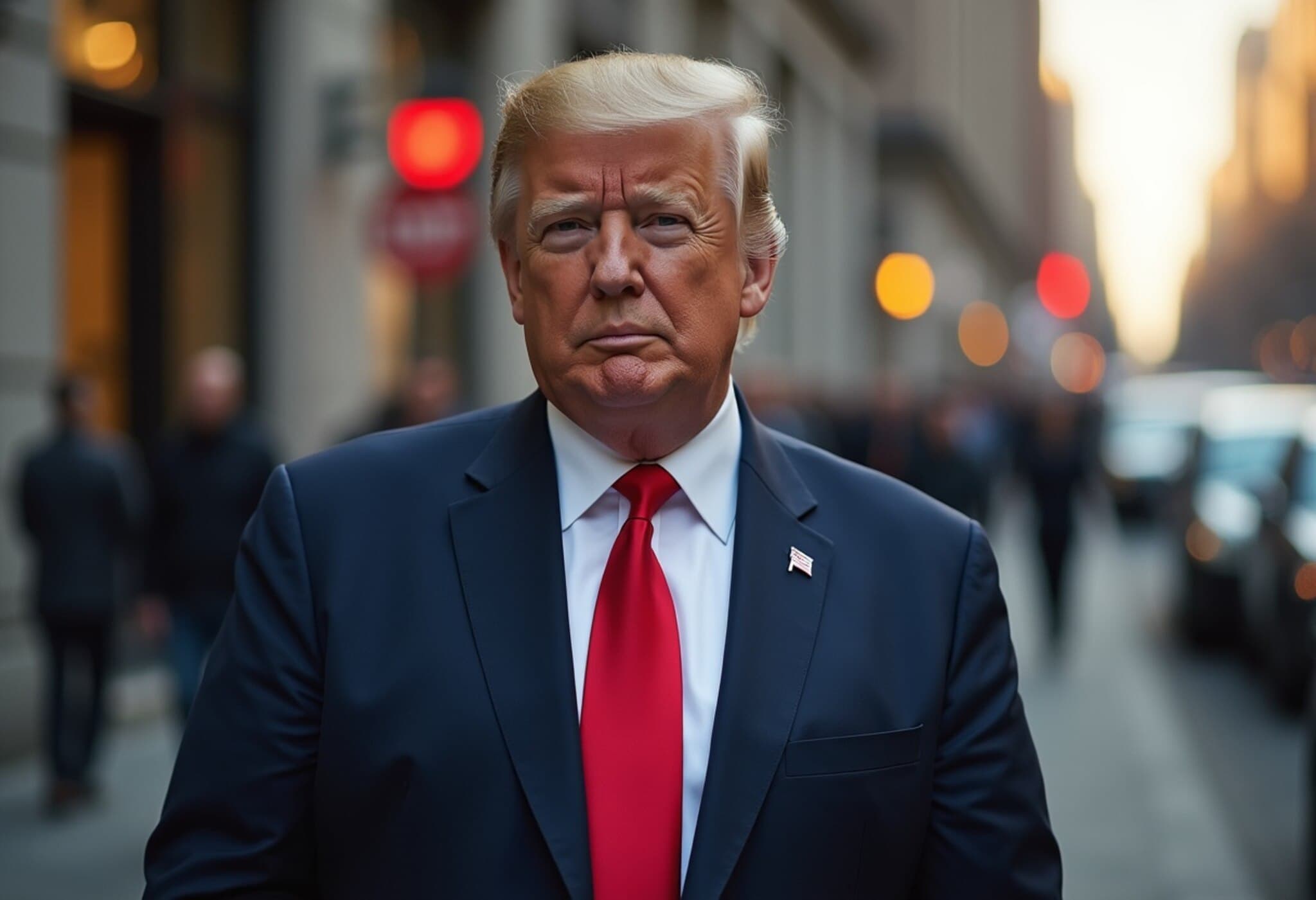Trump's Debt Legacy: From Promises to Historic Increases
When Donald Trump assumed the presidency with bold commitments to curb government spending, slash deficits, and reduce the national debt, many anticipated a significant fiscal turnaround. Yet, as the numbers reveal, the reality has unfolded quite differently. Despite administrative measures aimed at tightening the budget, President Trump's policies are poised to add more than $12 trillion to the national debt — marking the largest absolute increase by any U.S. president in history.
The Growing National Debt: Context and Consequences
The United States' national debt has already surged past $37 trillion and projections from the Congressional Budget Office (CBO) suggest it could exceed $50 trillion within the next decade. Alarmingly, more than a third of the upcoming increase is directly attributable to Trump's policy initiatives.
This escalation seems paradoxical considering the administration's early efforts. The Department of Government Efficiency (Doge) enacted substantial staff reductions — firing over 100,000 government employees — shuttered numerous departments and programs, and nearly obliterated foreign aid budgets. These moves were framed as strategies to rein in spending and control borrowing. However, the anticipated fiscal tightening has been overshadowed by massive spending bills and accruing debt.
Decoding the “One Big Beautiful Bill” (OBBB) and Its Impact
The centerpiece of Trump’s fiscal agenda, the so-called One Big Beautiful Bill (OBBB), is estimated by the CBO to add approximately $5 trillion to the debt over the next ten years. This figure stems from a breakdown of about $4.1 trillion directly from the bill's provisions, including $3.4 trillion in primary debt and $700 billion in indirect costs. If certain temporary measures within the OBBB are made permanent, an additional $900 billion could be tacked on.
Taking this into account, by the year 2034, the cumulative effect of Trump-induced debt combined with pre-existing trends could push the national debt to an unprecedented $54.6 trillion.
Historical Perspective: How Trump Stands Out Among U.S. Presidents
- During his first term (2017-2021), President Trump contributed approximately $7.8 trillion to the national debt.
- Adding the pending increase from the OBBB and other policies, his total could reach $12.8 trillion.
- This amount represents roughly 23.44% of the projected national debt by 2034.
Such figures underline the scale of fiscal expansion that diverges sharply from Trump's initial rhetoric and campaign promises.
Expert Insights: What Does This Mean for America’s Fiscal Future?
Fiscal analysts stress that while ambitious spending can stimulate economic growth and address urgent needs, unchecked deficit expansion carries risks. The ballooning debt potentially increases interest obligations, limits government flexibility in financial crises, and may impede future investments in infrastructure, education, and social welfare.
Moreover, the contrast between symbolic austerity measures — like firing government workers — and large spending bills raises crucial questions about the effectiveness and coherence of fiscal policy. Some experts argue that meaningful deficit reduction requires a balanced approach prioritizing both expenditure reform and sustainable revenue measures.
Looking Ahead: Navigating the Debt Dilemma
The Trump administration’s financial legacy presents policymakers with a complex challenge: balancing economic stimulus and national growth with the urgency of fiscal sustainability. As the nation inches towards a debt exceeding $50 trillion, debates about taxation, social spending, and entitlement reforms will intensify.
For citizens, the question looms large — how should America finance its future? The current trajectory underscores the necessity for transparent, prudent budgetary strategies that reflect both economic realities and societal priorities.

